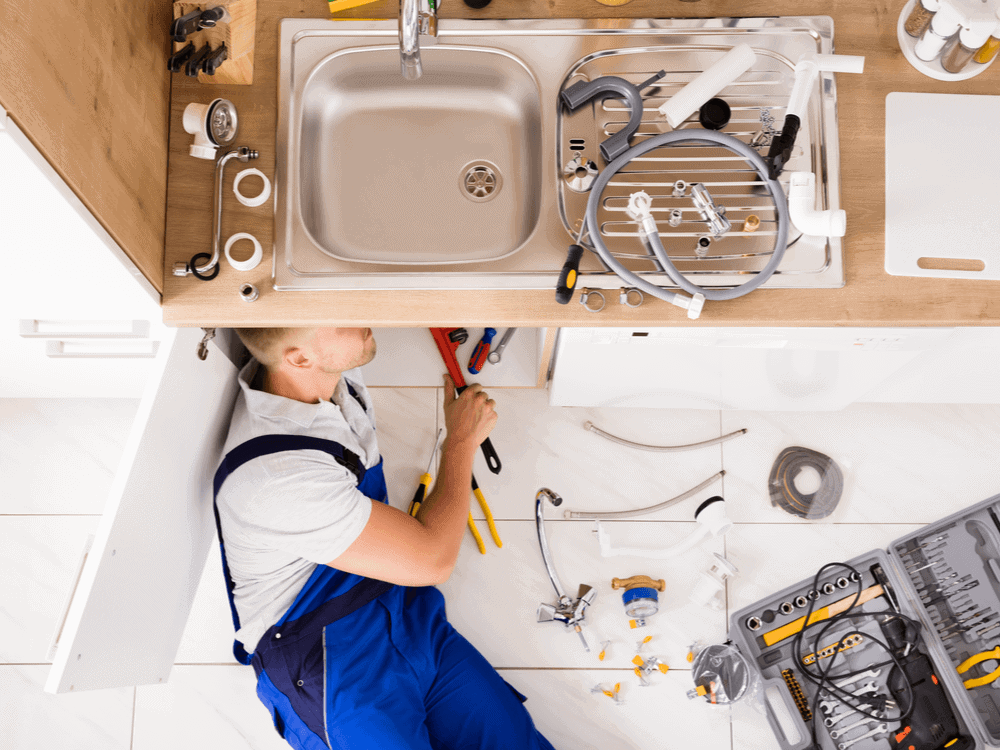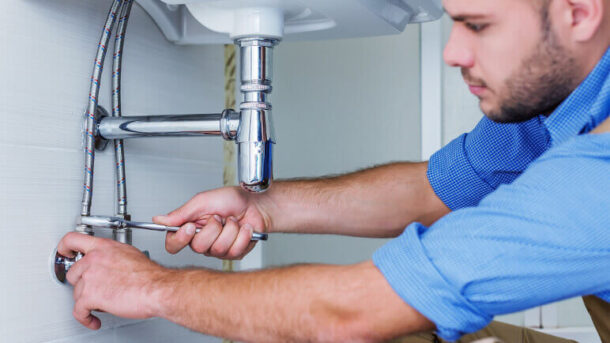Plumbing systems are essential infrastructure in homes and commercial buildings, responsible for water supply, drainage, and heating. However, plumbing problems such as leaks, clogs, or bursts not only disrupt daily life but can also cause property damage. This guide covers common plumbing issues, repair methods, and preventive measures to help you quickly address emergencies and reduce plumbing repair costs.

I. Common Plumbing Issues and Causes
Leaks
Causes: Pipe aging, loose connections, worn gaskets, or frozen pipes in winter.
Impact: Wastes water, causes wall mold, floor deformation, and even electrical safety hazards.
Clogs
Causes: Accumulation of hair, grease, food scraps, or foreign objects (e.g., wet wipes, toys).
Impact: Slow drainage, unpleasant odors, and in severe cases, sewage backflow.
Abnormal Water Pressure
Causes: Issues with the main water supply pipe, partial blockages, or water heater malfunctions.
Impact: Low water flow or fluctuating temperatures, affecting daily use like showers and laundry.
Strange Noises
Causes: Loose pipe fixtures (“water hammer effect”), trapped air, or valve malfunctions.
II. DIY Repair Tips (for minor issues)
1. Fixing Minor Leaks
Tools: Wrench, Teflon tape, epoxy pipe glue.
Steps:
- Turn off the water supply and dry the leaking area.
- If the joint is loose, tighten it with a wrench; if the thread seal fails, wrap Teflon tape before reassembling.
- For cracks, use pipe glue as a temporary fix, but replace the damaged section promptly.
2. Unclogging Drains
Methods:
- Chemical drain cleaners: Pour into the drain, let sit for 30 minutes, then flush (avoid using on PVC pipes).
- Plunger: Seal the drain tightly and pump vigorously to dislodge clogs with air pressure.
- Homemade tool: Bend a coat hanger into a hook to fish out hair clogs.
3. Eliminating Water Hammer
Install a “water hammer arrester” or adjust pipe brackets to reduce vibration from water flow impact.
III. Situations Requiring Professional Repair
Hidden Leaks (e.g., in walls/floors)
Signs: Wall seepage, swollen floors, but no visible leak source.
Solution: Professionals use infrared detectors or leak listeners to locate leaks, then repair and waterproof after wall chiseling.
Main Sewer Clogs
Signs: Multiple drains backing up simultaneously.
Treatment: Professionals use high-pressure drain cleaners or pipe endoscopes to clear blockages.
Full Replacement of Aging Pipes
Recommendation: Galvanized steel pipes are prone to rust; replace them with PPR or stainless steel pipes for longer service life.
IV. Preventive Measures for Plumbing Issues
Regular Inspections
Check pipe joints, valves, and drainage speed every six months to catch problems early.
Proper Usage Habits
Avoid pouring grease or coffee grounds down sinks; install drain strainers in bathrooms to catch hair.
Winter Freeze Protection
Wrap outdoor pipes with insulation foam; keep faucets dripping slightly during extreme cold to prevent freezing.
Install Protective Devices
Add water purifiers (to prevent scaling), leak alarms, or automatic shut-off valves (linked to smart home systems).
V. When to Call a Professional Plumber
Contact licensed technicians immediately in these cases:
- Persistent leaks that can’t be stopped.
- Sewage backing up with foul odors (may indicate septic tank issues).
- Leaks near electrical areas (e.g., ceiling leaks close to light fixtures).
VI. Conclusion
While plumbing issues may seem minor, delaying repairs can lead to costly projects. Mastering basic DIY skills helps handle emergencies, but complex problems require professionals. Regular maintenance and proper usage are key to extending your plumbing system’s lifespan!



